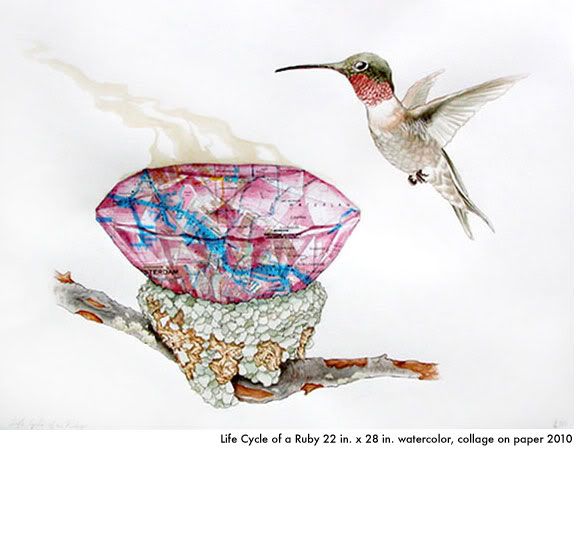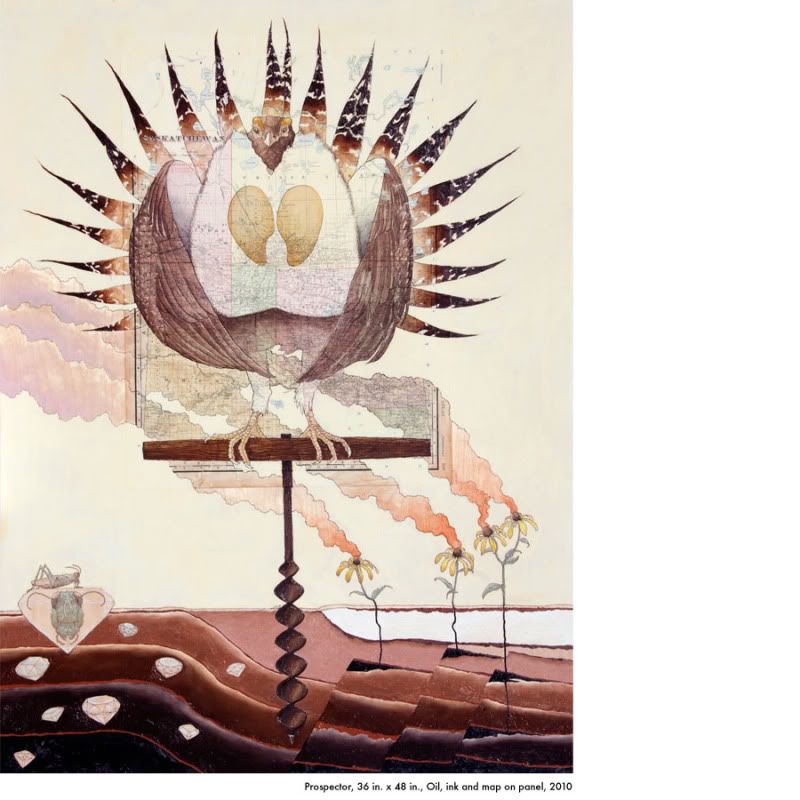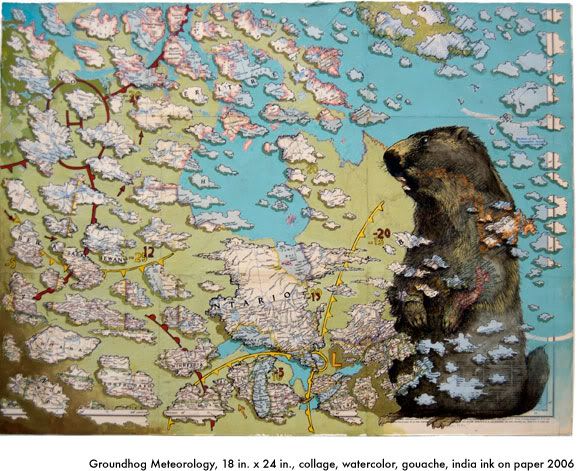Here are a few of the lovely 2012 lunar calendars I was able to find.

Lunar Calendar 2012 Poster
Silkscreen over Black paper 240 g/m² 48x66cm
Made with programming using Nodebox
Lunar Calendar, Moon Calendar, Calendário Lunar
by Brazilian designer Dimitre Lima, available here

Lunar Calendar 2012
This is a visualization of the lunar calendar for 2012.
columns = months, rows = days.
© Copyright 2011 Michael Paukner.
This doesn't appear to be in his shop right now, but you should check it out (and his photostream) anyway, for lovely design and sciencey goodness!

This calendar on www.ghin.co.uk tries to do it all:
Calendar 2012 is a Gregorian calendar with, moon phases and the Chinese Lunar-solar Calendar integrated, layed out as a circular color wheel. The new additional Chinese calendar is in simplified Chinese.
This years edition of the color wheel calendar marks the End of the Mayan long count. The Maya Long count is the most sophisticated calendar created so far. It consists of different length cycles that makes up the long count which is 5126 years. This long count ends on the winter solstice 21st of December 2012.
Calendar 2012 includes:
- Hebrew, Chinese, Hindu, Buddhist, Gregorian and Islamic year count.
- Fully integrated lunar phase cycle for each day.
- Simplified Chinese Calendar

This calendar is actually from 2011, but you can get the letterpress 2012 version here from lizardpress on Etsy


















